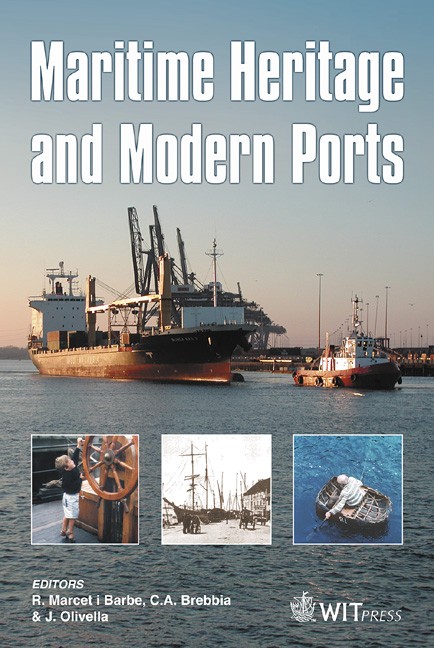Iron Age Boathouses In Arctic Norway Viewed As Multifunctional Expressions Of Maritime Cultural Heritage
Price
Free (open access)
Transaction
Volume
79
Pages
9
Published
2005
Size
350 kb
Paper DOI
10.2495/MH050021
Copyright
WIT Press
Author(s)
S. Wickler & G. Nilsen
Abstract
Boathouses have been in use in Norway for at least 2000 years and c. 850 structures pre-dating the 16th century have been recorded. The majority of boathouse remains (at least 500 structures) are found in northern Norway. The limited extent of boathouse excavations to date has severely handicapped attempts at interpreting the function and chronology of these structures. This paper explores the nature of boathouse use during the Iron Age up to the early Middle Ages (c. AD 300-1200) in northern Norway by focusing on archaeological investigations of boathouses on the island of Vestvågøy and the Iron Age chieftain centre at Borg in the Lofoten Islands. Archaeological evidence from recent test excavations at a number of large boathouses, including multiple cultural layers with hearths and pit features, is suggestive of seasonal habitation and a range of activities far more diverse than those traditionally associated with the storage of boats and related equipment. Radiocarbon dates demonstrate that some boathouses were in use over many centuries thus adding another element of complexity to our understanding of boathouses as multifunctional components of the Iron Age maritime landscape. Keywords: Arctic Norway, Norse culture, Iron Age, boathouses. 1 Norwegian Iron Age boathouses The maritime aspects of Norse culture and \“Vikings” presented by the media and in popular publications focus to a disproportionate extent on the role of Viking Age ships engaged in warfare, raiding and, to a lesser extent, trade. This image is based in large part on evidence from a limited number of ship finds including the
Keywords
Arctic Norway, Norse culture, Iron Age, boathouses.





